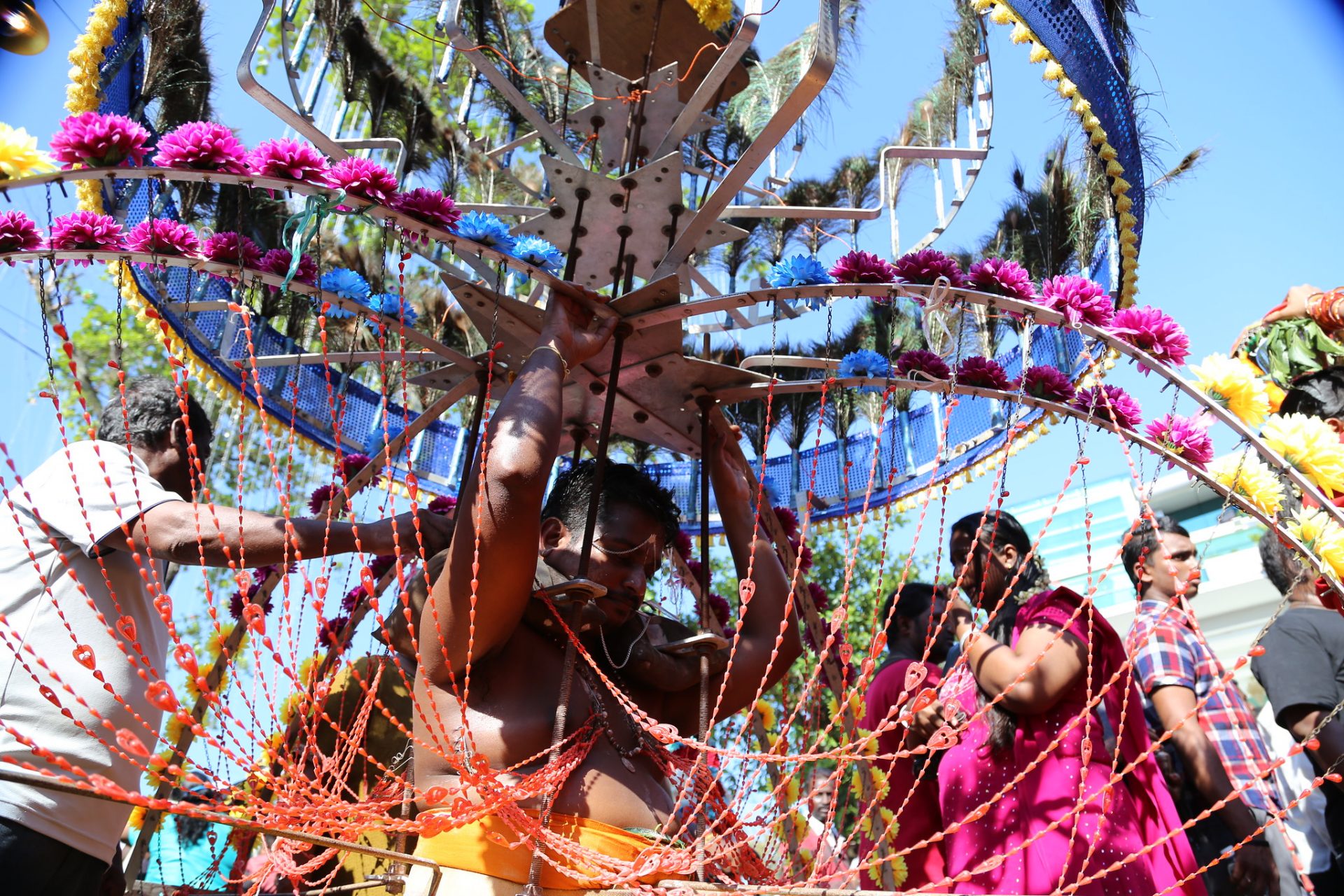Faith, endurance, and penance: these are the core facets of a Thaipusam celebration. Celebrated by Hindu practitioners all around the world, Thaipusam is one of the largest religious festivals of the southern Indian community, and Malaysia routinely hosts some of the most impressive displays of Thaipusam found anywhere.
The legend behind this celebration
Observed during late January or early February (depending on the full moon of the Tamil month of Thai and the passing of the Poosam star) the festival commemorates the event of War God Murugan receiving his divine spear, the Vel, from the Mother goddess Parvati in his battle against the demon Soorapadman. Victorious, Murugan nevertheless softened Soorapadman’s defeat and spared him by turning him into his vahana – a mount in the form of a peacock.
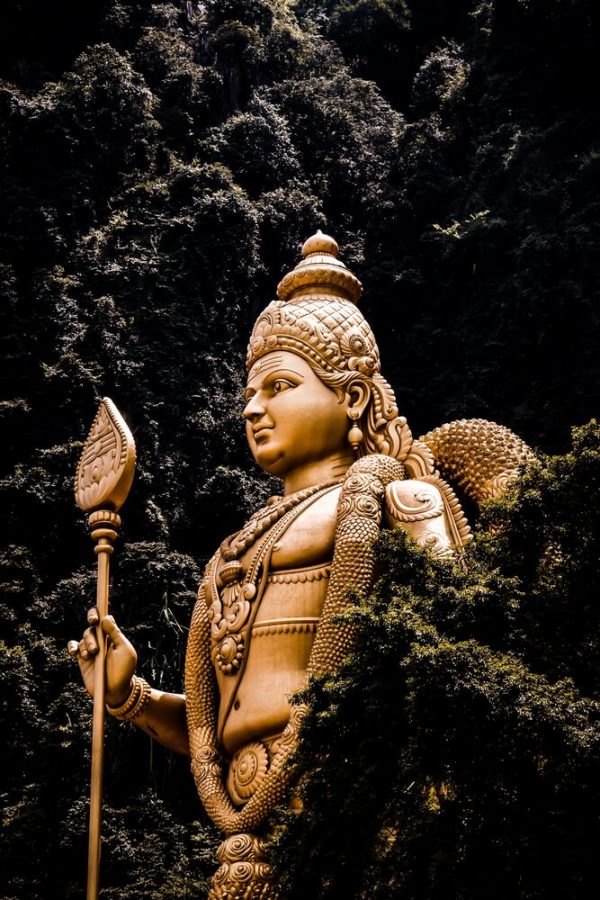
In honour of the bestowing of the divine weapon, devotees perform religious acts praying to receive Murugan’s grace, atone for their own sins, and destroy personal bad traits.
The sights
One of Thaipusam’s most notable displays is the Kavadi Attam – ceremonial processions of devotees committing to acts of self-flagellation via piercings with hooks, skewers, and small lances in the likeness of the holy Vel. Some devotees will even take part in carrying consecrated chariots bearing holy idols, or pull weights by the strength of their skin. Many opt to pierce their faces and tongues as the ultimate sign of contrition, to silence themselves, and attain full concentration for worship.
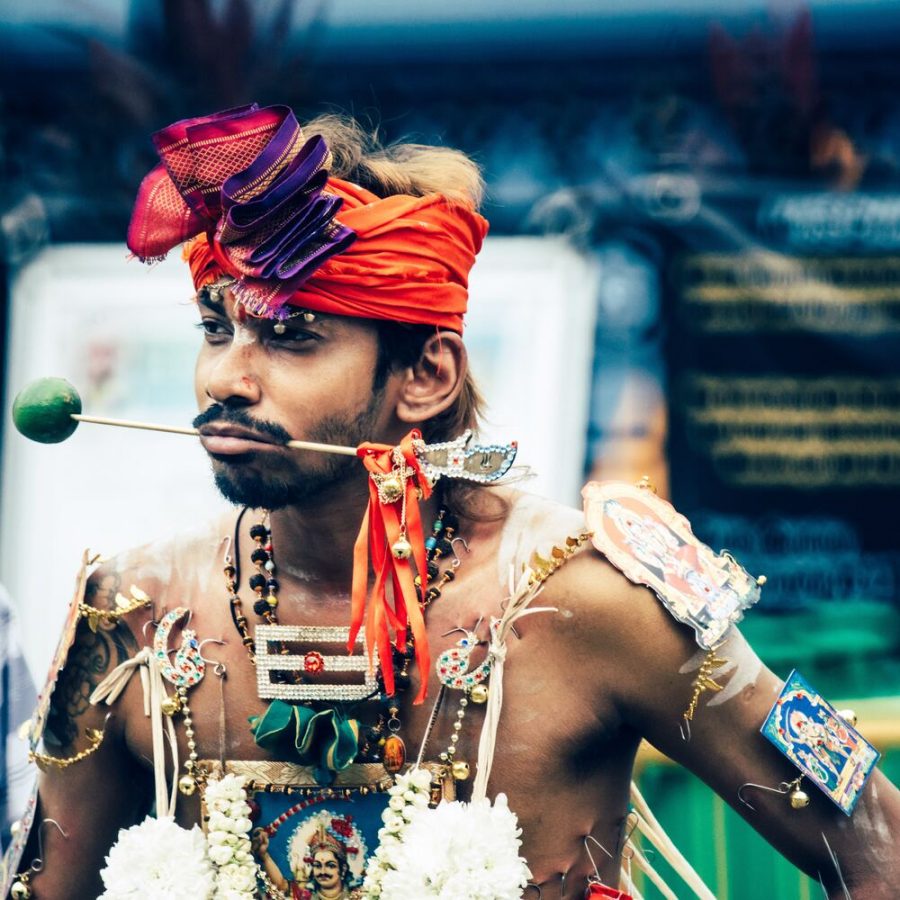
To a bystander, suffice it to say such acts appear gruesome; but devotees have stated that the mass drumming and chanting of others during the procession aid in shutting out physical pain, and instead send them into a trance-like state.
Astoundingly, over a million people gather at the foot of the Batu Caves just outside of Kuala Lumpur during Thaipusam, and most will attempt to climb the 272 steep steps upwards to the main cavern to the Murugan temple. Meanwhile on Penang Island where Thaipusam is also celebrated in earnest, roads will be shut down to clear the way for large-scale religious processions.

Image credit: Meric Dagli | Unsplash
The preparation
Prior to the gatherings, devotees prepare themselves with regular prayers and a strict cleanliness regime, and by retaining a vegetarian diet or fasting altogether. This preparation can start up to a week before the main festival. On the day of the festival itself, they shave their heads, wear garments of Murugan’s favoured colour (orange or yellow), and bear milk, water, fruits, and flowers in a mass procession to the temple. To say the teeming mass of humanity is a spectacle is a profound understatement.
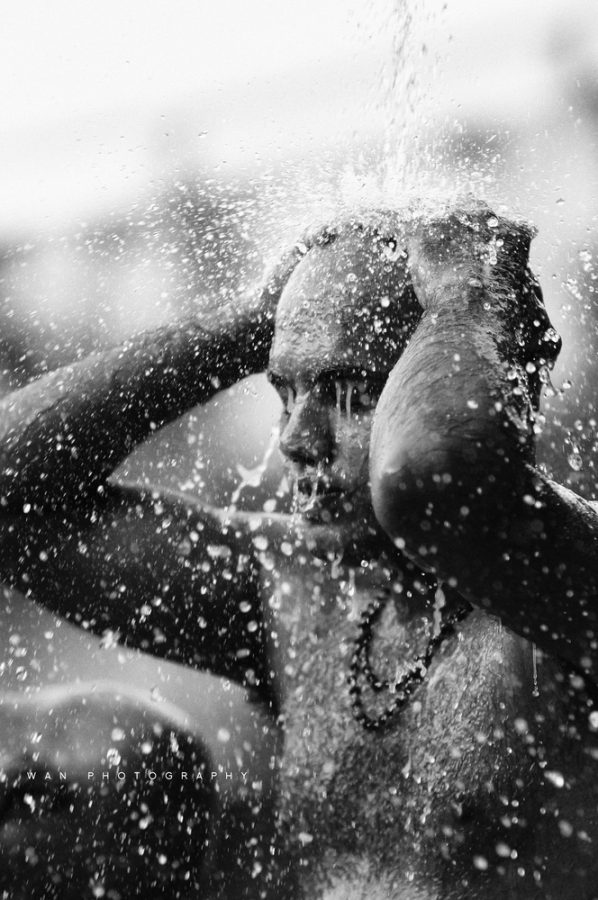
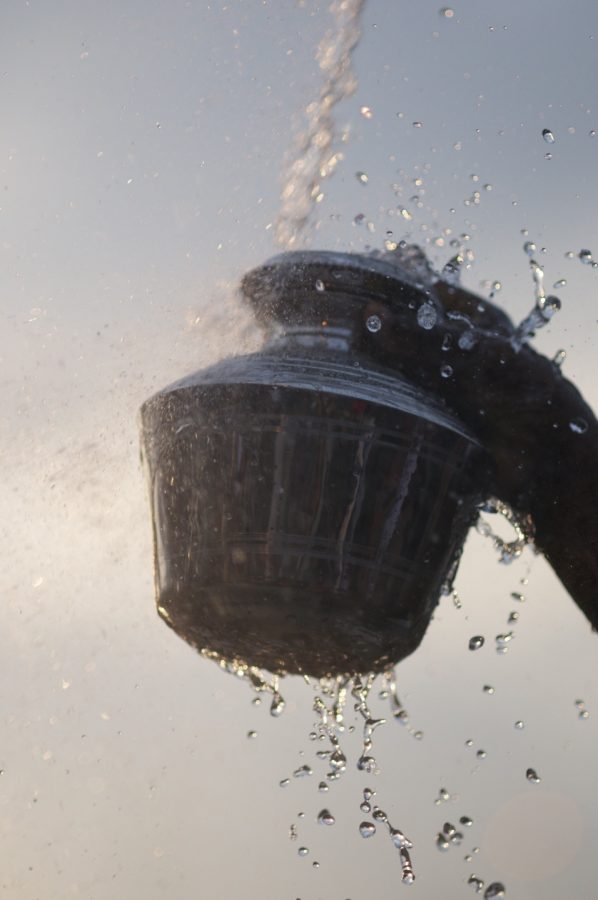
Both colourful and chaotic, people who visit the temple who are not part of the procession are advised to observe from afar as to give way to the worshippers. But even from a distance, there’s no missing out on the devotional waves of worshippers chanting and praying to the point of spiritual ecstasy. The procession that Kuala Lumpur sees annually is indeed one of the largest Thaipusam celebrations to be found outside India, a true spectacle to behold.
We at TEG Media wish all our readers celebrating this momentous occasion a very Happy Thaipusam!
This article was first published in The Expat magazine (February 2020 edition). To subscribe, click here.
"ExpatGo welcomes and encourages comments, input, and divergent opinions. However, we kindly request that you use suitable language in your comments, and refrain from any sort of personal attack, hate speech, or disparaging rhetoric. Comments not in line with this are subject to removal from the site. "


